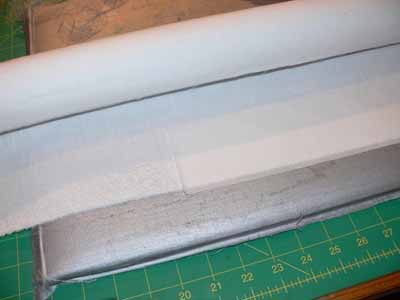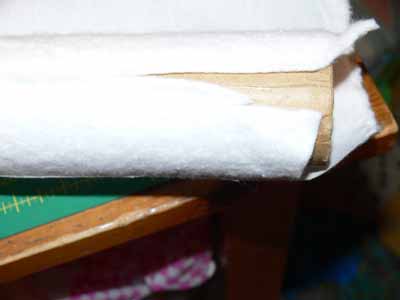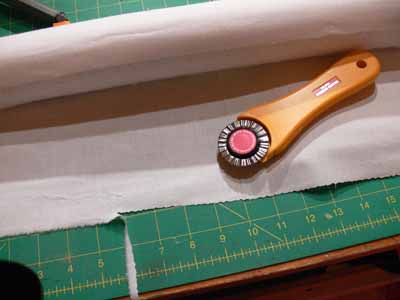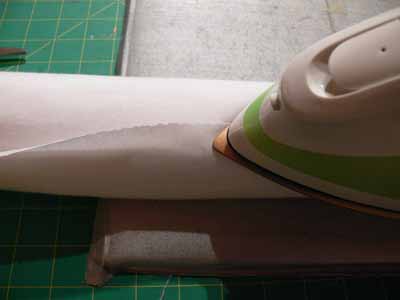Storing Quilts
Once again, I have not fallen off the face of the earth…instead, I’m FINISHING UP the manuscript. There is a ton of tedious paperwork and such, so I’m liable to be scarce for a few more weeks, but I’m here. So, I thought I would share what I did to store my quilts. They used to be stored in a fabulous place: on top of the guest bed in my studio, under the duvet. This meant they were flat, accessible, safe (sorta) from cat hair (it migrates EVERYwhere). But, it also meant that no one could so much as sit on the bed, let alone come hang out in my studio and rest on the bed. And Joyce came to visit in December and needed to SLEEP in the bed. That meant the quilts needed to move.
Umpteen years ago I took a class with Heather Waldron Tewell, co-author of one of my favorite books on quilting line and design, A Fine Line (written with Melody Crust). She described her storage: upstairs, under the eaves / in the kneewall…. you know on second floors how you get a sloping roof that comes down to the floor, so builders will drop a short wall that is maybe 3-5 feet tall, then there is a space behind it? Well, she put in doors instead of drywall and made a device similar to those used to display home dec fabric, which is sold on tubes (not bolts like quilting fabrics). She stored her quilts rolled on tubes, covered in a sleeve, then the tube slides on a rod (like a closet rod) that sets into “U” shapes cut into some 1×3’s at either end of the closet. I’ve wanted something like that ever since.
Of course, I don’t HAVE a closet to make such a lovely storage space. So I improvised, but first I made the rolls. I’ll share the second part of this info in the next post…. Anyway, the rolls. About five to six years ago, I worked for an interior designer doing high-end home dec sewing. I was able to snag about a half dozen sturdy cardboard tubes. So I FINALLY got around to making them suitable for rolling quilts for storage. The cardboard in the tubes is very acidic, which of course isn’t great for quilts, so you need to cover them.
To cover the tubes, I wrapped them first in a round of batting, then used an inexpensive cream cloth (some was muslin, some was an inexpensive but nice cream cotton). For the first few, I used hot-glue to glue the batting to the tubes, but had forgotten that hot glue leaves a hard line. For later ones, I simply used a basic glue stick!
Addendum: Carol Ann Sinnreich told me that she learned from others to wrap the tubes first in aluminum foil, then do the batting and muslin. This prevents outgassing from the yucky stuff in the cardboard tubes. I’ll do that on any future ones, and may think about peeling these apart and adding the foil at some point…just not too soon! Too much to do….
I cut the cloth about 5-6 inches longer than the tube, and the circumference of the tube plus about two inches.

Fusing Misty Fuse to the edge of the tube-wrap-cloth
On one long edge, I applied Misty Fuse, a heat-activated fusible web (and my favorite fusing product by FAR), then trimmed the edge with a zigzag cut.
I wrapped the cloth over the batting, then fused it closed with the iron.
In a couple days I’ll show you the finished tube, the muslin dust-sleeve, and where I’ve got them stashed until I win the lottery and build that dream studio!
PS—please excuse any weird formatting. My webhost has changed the WordPress software, and it isn’t cooperating very well. The photo loading stuff is different, I can’t find instructions anywhere, and formatting is all goofed up…sorry!




October 3rd, 2009 at 5:39 am
[…] boxes, protected with a buffering layer of cloth. Large quilts are rolled (blogpost about that here and here) and tucked into boxes under the […]